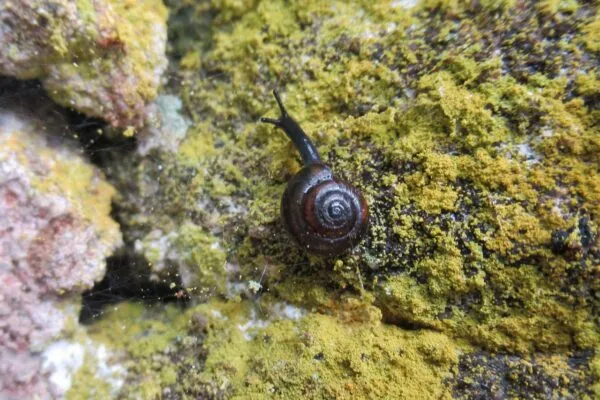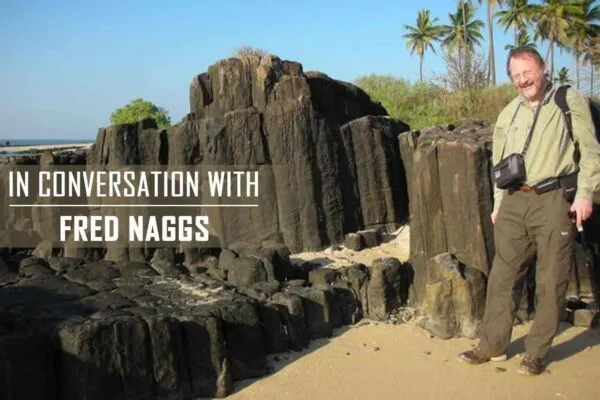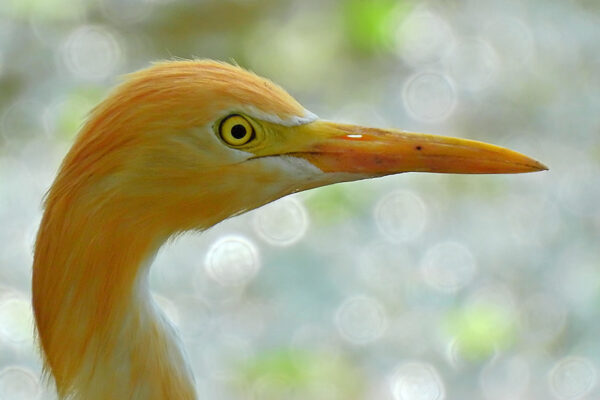Jurassic Park is Imminent: Science Rushes for De-Extinction of These Five Species
The worlds of science fiction are materializing into reality
When I first watched Steven Spielberg’s 1993 “Jurassic Park,” it blew my mind away with the countless possibilities, implications, and consequences that the sci-fi movie made us ponder over. I wondered, can an extinct species be brought back to life with the magic of science? But the more pressing question was, should it be brought back? Anyhow, the movie was enough to ignite a scientific curiosity that would want to create a world where extinct animals would walk among us again.
The hit movie reincarnated dinosaurs through the process of cloning from dinosaur DNA found intact in the bellies of prehistoric mosquitoes preserved in amber. The current scenario is quite similar. Although the science of cloning is still far behind, it is a firm belief that science can successfully clone an extinct animal. DNA for some species has already been obtained from fossils and artifacts.
With dinosaurs long gone, their candidacy is quite unlikely. However, there are many extinct animals being considered for de-extinction through cloning, with the Tasmanian tiger being the latest candidate. We may not get a real-life Jurassic Park (thank God, for that), but a real-life Pleistocene Park is a very real possibility. Here are five extinct animal species that can be brought back to life through de-extinction.
Tasmanian Tiger
Thylacine, or the Tasmanian Tiger, was an animal indigenous to Australia and the largest known carnivorous marsupial of contemporary times. The last known member of the species in wild was shot in 1930, while the last Tasmanian tiger in captivity died in 1936. The animal was driven to extinction by climate change, bounty hunting, and a lack of genetic diversity. However, specimens of the animal still remain intact and have workable DNA. The de-extinction of the Tasmanian tiger has been widely appreciated and it might soon be cloned.
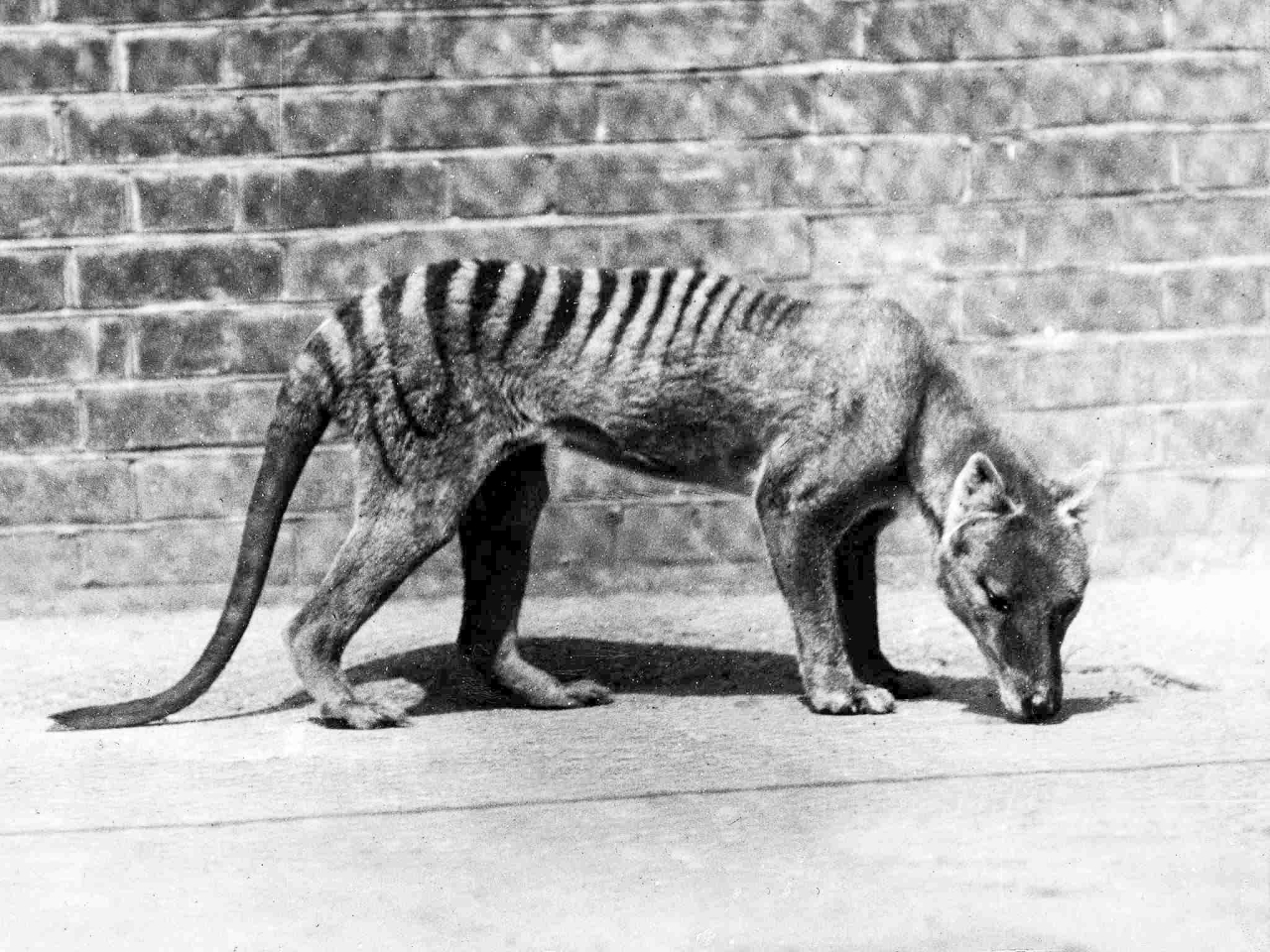
Image: Wikimedia Commons
Woolly Mammoth
Paleontologists have extracted many intact woolly mammoth specimens in the permafrost of Siberia, making them an excellent choice for de-extinction. Scientists studying preserved genetic material have sequenced the genome of the giant mammal that roamed the earth during the Pleistocene Era. The research would involve using the preserved genetic material to either create a woolly mammoth through cloning or via genome editing of the closest living relative, the Asian elephant.
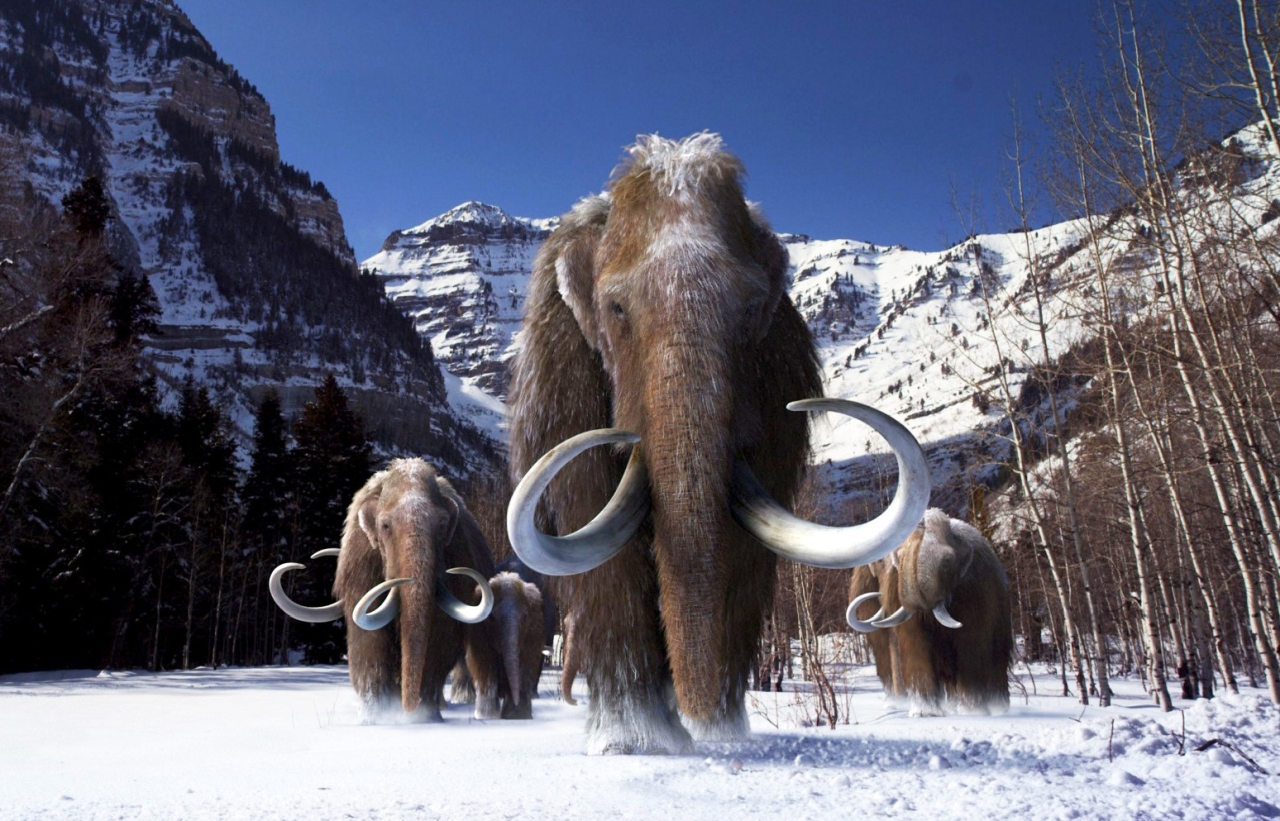
Image: Giant Screen Pictures
Pyrenean Ibex
Pyrenean Ibex was the first extinct species to become unextinct; although the result had some health issues and died after several minutes. As it became an endangered species, scientists began to experiment with cloning the species. They procured reanimated DNA from the last known living Pyrenean Ibex, cloned a fetus, and implanted it in the womb of a living domestic goat which successfully carried the pregnancy to term. Even though the ibex died of lung defects, the breakthrough paved the way for the resurrection of extinct species.
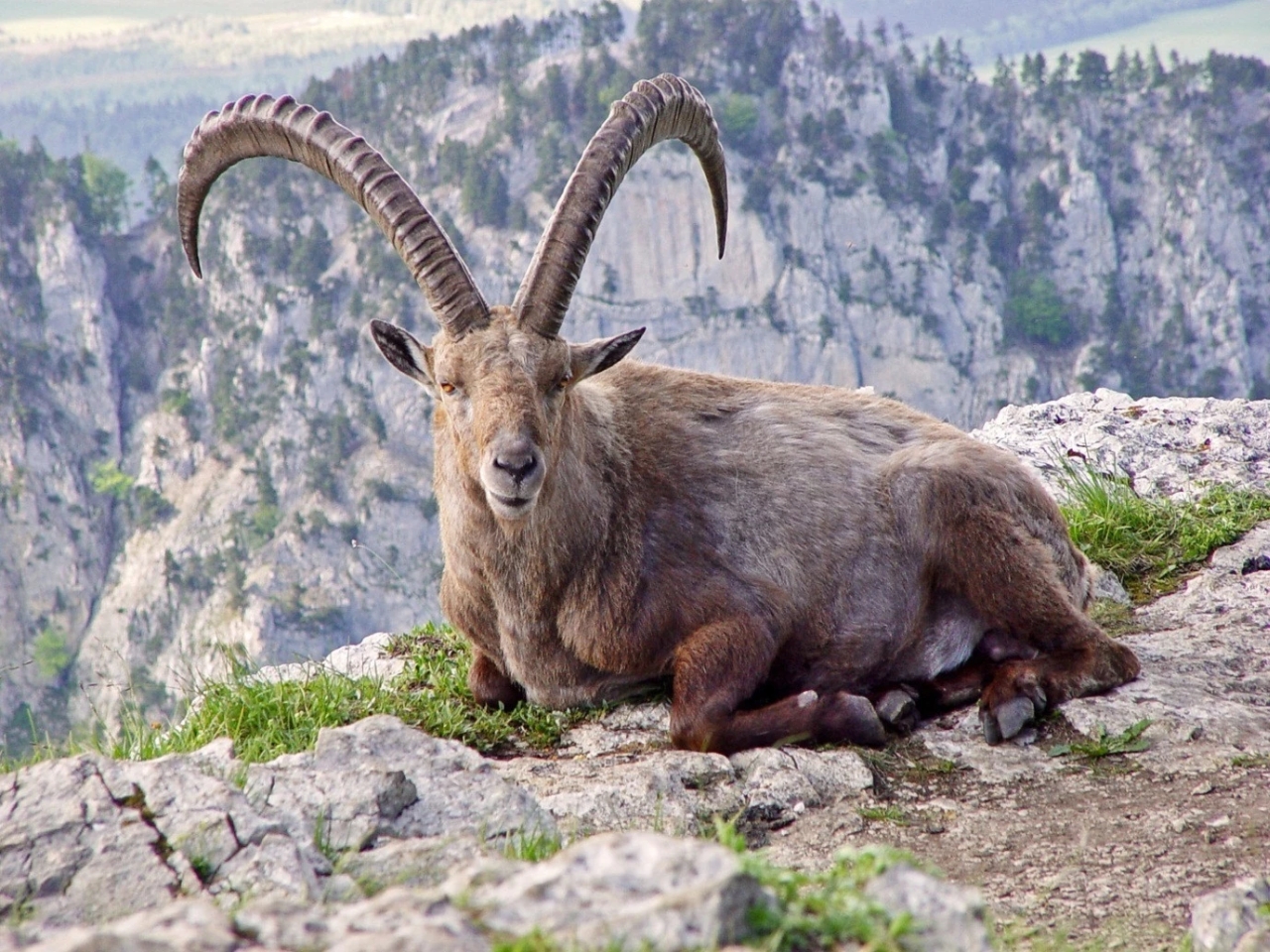
Image: Maker Scratchpad
Saber-Toothed Tiger
The Ice Age movie series gives us an adorable yet fearsome saber-toothed cat in Diego. These big cats were once found almost worldwide from the Eocene epoch to the end of the Pleistocene epoch. Their fossil specimen has been preserved under frigid habitats and can be used to de-extinct the animal. However, there are certain hurdles such as finding an intact DNA database, an unrelated surrogate able to carry the embryo, and offering suitable habitat for the animal to survive in the current times.
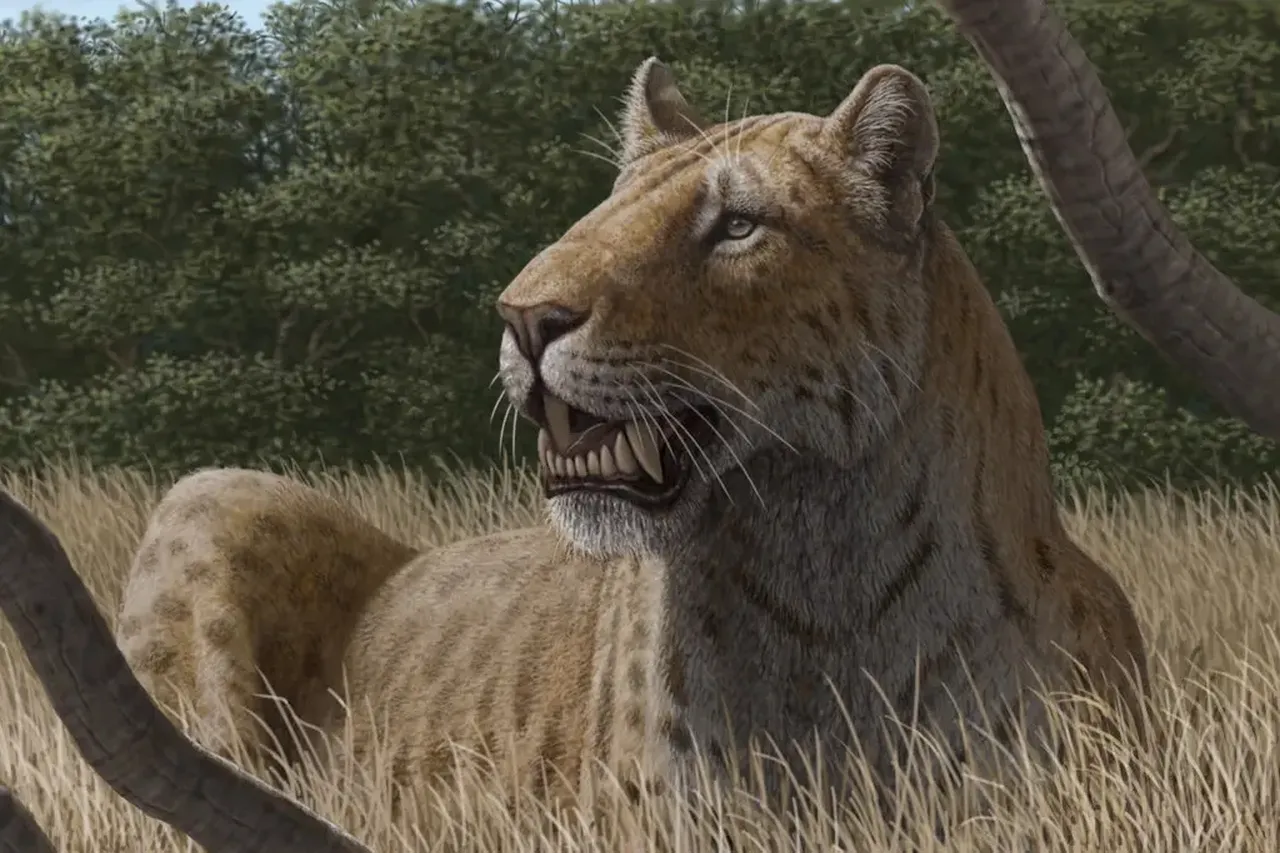
Image: Mauricio Antón
Carolina Parakeet
Carolina parakeet was once the only parrot species native to the United States, however, it was pushed to extinction by hunters for its feathers which were famous in ladies’ hats. The last known member of the species died in 1918. Scientists are working on de-extinction for the bird species, as DNA extraction and cloning became a possibility with mounted birds, remnant feathers, and eggshells still in circulation and in museums. Virginia Tech has a project underway to resurrect the extinct bird.
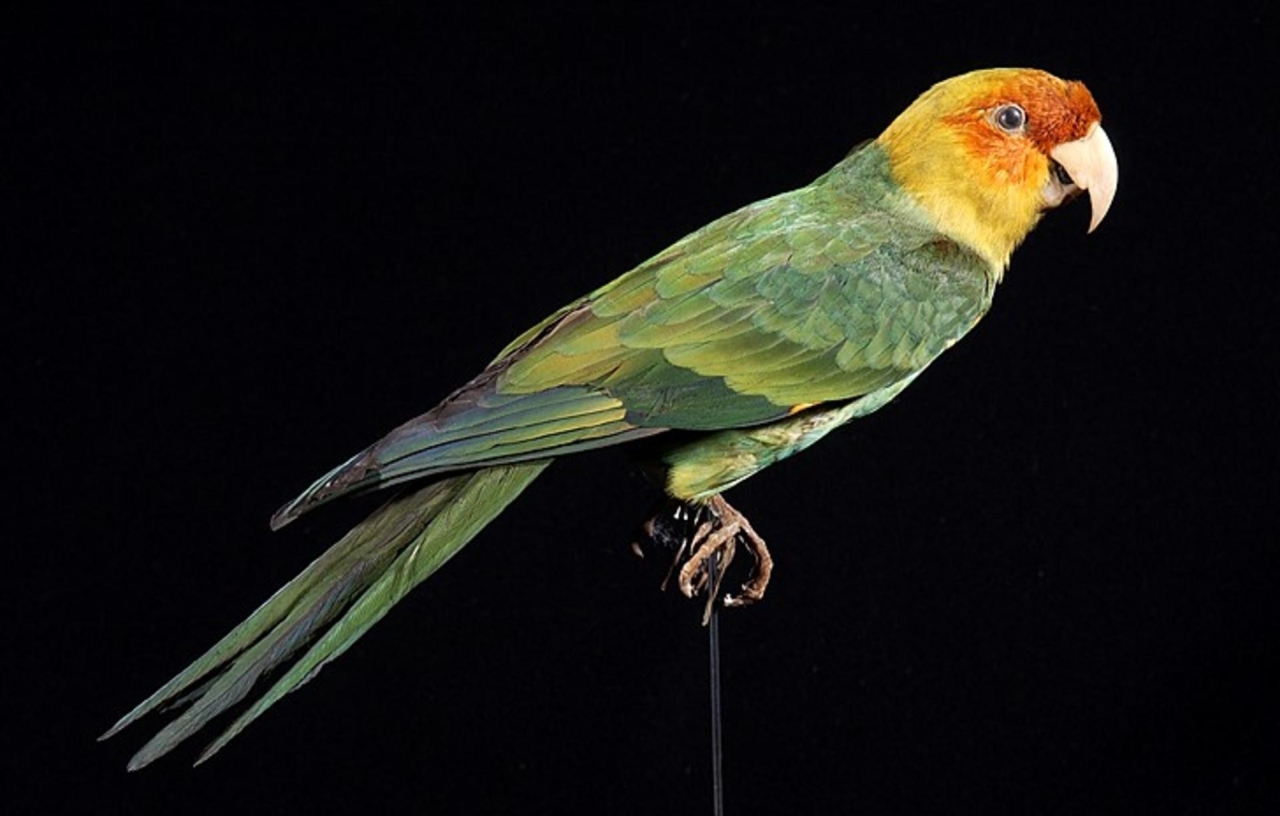
Image: Naturalis Biodiversity Center
Possibilities, Implications, and Consequences
While we may be excited to see dinosaurs (with a remote possibility) and saber-toothed cats roaming the wilderness again thanks to the de-extinction of species, it is a cause of concern. The options, implications, and consequences of these scientific experiments may well be a very different story.
If Jurassic World was somehow possible, I wouldn’t want it to come to life. Imagine what we could do if we put our intellect and resources into saving the existing species instead of resurrecting the ones that are long gone. Doing so would still have been fine and fun if the current circumstances weren’t so grim for the current biodiversity. While de-extinction is a noble idea, we should not be relying upon it to secure the future for our diverse wildlife.
There are vast possibilities when it comes to de-extinction. We already have successfully accomplished the task back in 2003 when Pyrenean Ibex became the first extinct species to become unextinct; though the result has some faults in it and could not survive. The same can be done for the de-extinction of various other species as well, however, thorough investigation, ample material, and caution are paramount.
While possibilities are there, we must look at the implications and consequences of the same. Even if we manage to bring back these lost species into our midst, we cannot guarantee their survival in the present world. It would be incredibly difficult and crucial to create a habitat suitable for them and provide ample prey as well.
But more importantly, what if one of these experiments turns out bad and creates a real-life Jurassic Park disaster? Things are there to be considered, but the most crucial thing is to preserve what we have at hand before we can turn to the past to resurrect it.
